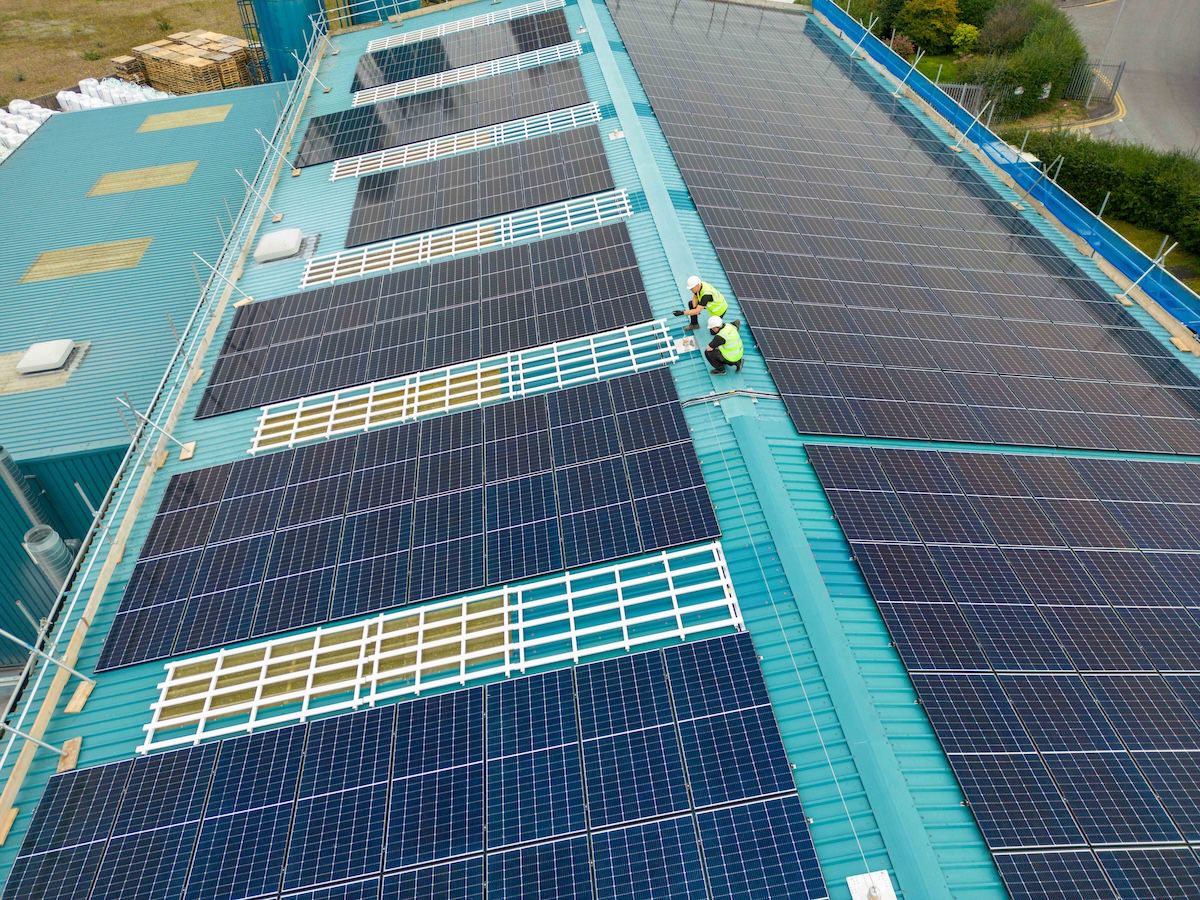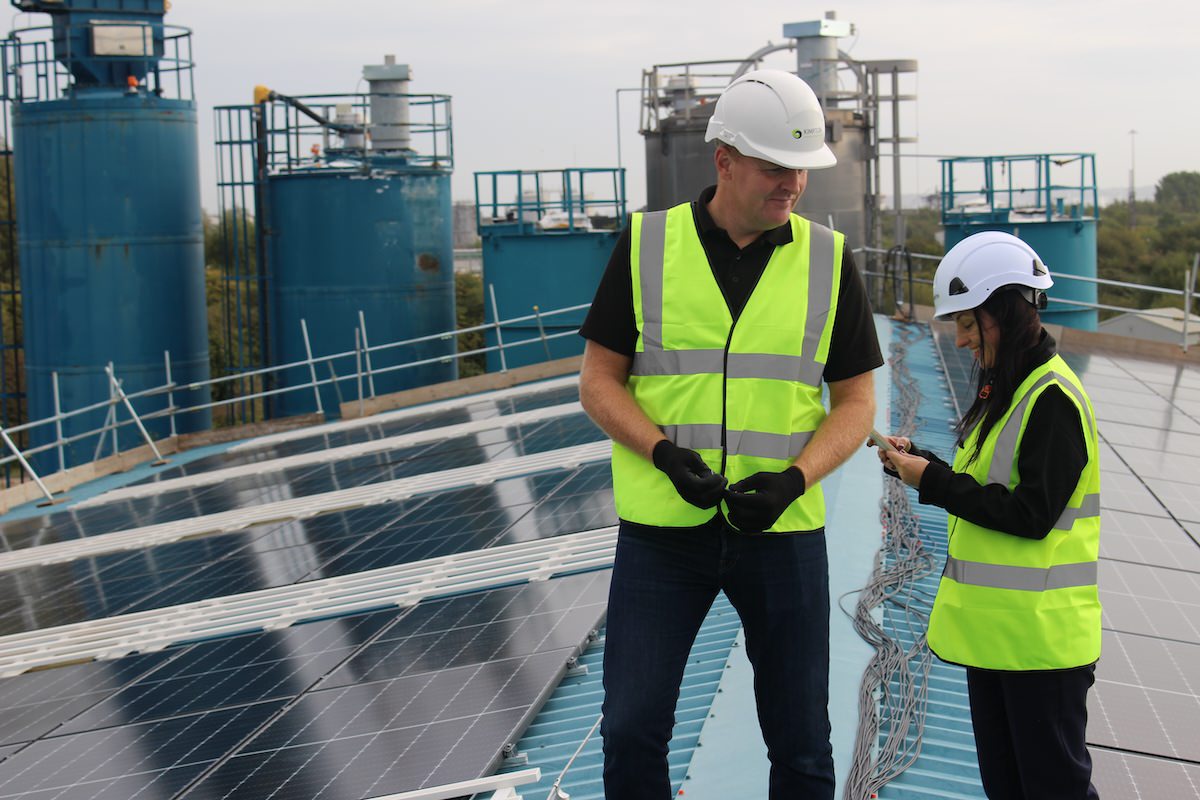
2023 has seen the fastest growth of renewables in our 60 year history and we can’t see that doing anything else but accelerating, so here are some of our predictions of what we think could happen and perhaps should happen in 2024.
There are a five main themes we see changing, which may not all be mainstream, but each would potentially help with the race to net zero, by removing barriers and making the low carbon option, ever more attractive.
Electricity prices at present are heavily influenced by world events because of the underlying price linkage that exists between electricity and gas – due to our current mix of energy sources and dependency on gas to generate electricity. The effect is that the wholesale price of electricity is set by the cost of producing the last unit of electricity needed to meet demand. This is nearly always a gas power plant which has higher marginal costs than other sources.
The balance of our energy mix is changing though and there are huge environmental, political, and supply security incentives to break the link between electricity price and the wholesale cost of fossil fuels. In the short term this is too hard to contemplate – there are practical constraints on decoupling this while we (as a nation) are still so dependent on gas fired power stations to provide key (load responsive) power supplies to our electricity grid. The whole shape of our National Grid electricity infrastructure and balance of power sources that we depend on are undergoing massive changes though. While these are largely medium-long term projects, there will be a tipping point reached one day in the future where the gas price will no longer be the driver, and instead it will be the choices that our leaders have made and so what energy mix we end up with to replace fossil fuels with that will matter most.
Given the investment needed to transition our national (and the international) energy transmission infrastructure to new power sources, the need to re-balance the mix of energy sources (power stations) away from fossil fuels, and the context of increasing global demand for energy, then it is hard to see how energy prices will not at least remain elevated compared to the years prior to the war in Ukraine (remember this event was a turning point because it saw Russia sanctioned, and this in turn has significantly constrained available gas supplies). Of course the choices that our leaders make in choosing what power station projects come forward will also have a long term impact and will ‘bake-in’ prices nationally for long into the future too (wind energy being low cost, nuclear being high cost per kWh for example, but both have a place in the energy mix to ensure power supply can always meet demand). Unfortunately of course simple supply and demand pricing means that any instability in the fossil fuel markets will only make this price pressure worse.
So what does this mean for the drive to net zero? Well we believe one of the biggest potential drivers towards this that is not (yet) getting the airtime it deserves, is the debate around how our energy prices are set and where carbon pricing fits into this mix. Closing the gap between the current retail gas and electricity prices will have a massive impact on the choices we all make on where we get our energy from. The shift from gas to electricity in our homes and businesses is inevitable in the years ahead, but the pace of this change will be heavily influenced by this price disparity.
At present, electricity is 3-4 times the price of gas per kWh, so a heat pump with a CoP of 3-4 will still not immediately save money. If the price of electricity is reduced (we believe fairly to reflect carbon cost), heat pumps will become a much cheaper option. This change will probably be gradual over the coming years but equally it could happen almost overnight if there was the political will and a market readiness for it.
With the potential for a change in government in 2024, this could be a big green statement that would deliver results …if it is saleable to joe public.
On a commercial scale we see this as continuing to grow quickly. There is still a huge opportunity for growth here and those business who have already made the switch, will have a distinct competitive advantage in the market as their running costs will be lower and they will free up cash for investment in better product and service development. Of course, the capital investment on this is also significantly incentivised by tax allowances.
There are also the EPC ratings to consider. If you’re powered with the help of Solar PV, your EPC rating will be improved and your building will take a big step towards being sustainable. With the impending changes to the guidelines coming down the line, this could be the difference between your building be marketable or not.
Over the lifespan of the Solar PV array, it can mean that on average the effective rate you will be paying would be only 8-12p per kWh for your electricity produced by such an installation. This looks massively attractive now, but in 20 years will likely be an even more amazing price.

Vehicle to Grid (VTG) has potential to be a game changer in the electricity market. What it means in short is that the electric cars plugged in at home or work, can be used as distributed storage for excess energy when it’s plentiful (ie on sunny and/or windy days when connected to renewable energy sources like solar/wind) and the stored power then used to support the short term peak periods, when demand is extra high (ie between 7-8.30 am and 5-7pm). This time is so critical to the stability of the grid, that Octopus Energy, at the time of writing, are running competitions to encourage people to switch off or delay their use through this period.
This could help level out the overall demand and reduce or remove the need for either grid based storage or excess production from gas powered power stations.
As the demands don’t overlap, it will still ensure that the VTG electric cars are topped up overnight and ready for the next day. This technology already exists and is ready to go with some car manufacturers already making their vehicles compatible with it, but is not yet approved for connection to the grid so we await the powers that be to green light this.
An air source heat pump can work very well in a well insulated building for most days of the year. They do have to work harder when it’s extra cold outside to use the differential air temperature to extract heat for the building. A ground source heat pump uses coils below ground, so they are less affected by short term cold spells as the temperature of the ground they sit in doesn’t really change throughout the year, and delivers consistent heat (or cooling) all year round, but they do need the land and space for coils or boreholes to be installed.
We have seen more demand for district based ground source heat pumps where the initial cost of installation and the requirement for space underground is shared between more users, or included in a service charge and should become on par or a lower cost option than a stand alone air sourced heat pump.
On a new build site and backed up by Solar PV, this feels very much like where investors should be looking to deliver comfortable, low impact developments.
Battery technology is obviously moving quickly and the energy density of cells is growing at an incredible rate. But it is currently expensive and has a finite life of around ten years before degradation begins to become a noticeable issue in storage capacity.
An alternative we are seeing more of is using the excess energy that can be generated from solar, wind or cheap overnight tariffs is using this to heat water. For hotels who have a very high hot water demand for a very confined period in the mornings, this is a great way to use cheap or free energy to produce what can be one of the biggest running costs.
Hot water tanks domestically were often removed when condensing boilers were installed, but we see a return of them to make use of these cheap (economy seven) style tariffs that are available or to store excess daytime solar production, with the latter being possible with either dedicated solar thermal arrays or utilising electric heat sources to use surplus power generated by a solar PV array.
If you would like to discuss any of our services, please call 0151 343 1963 or complete the form below and we will be in touch shortly.